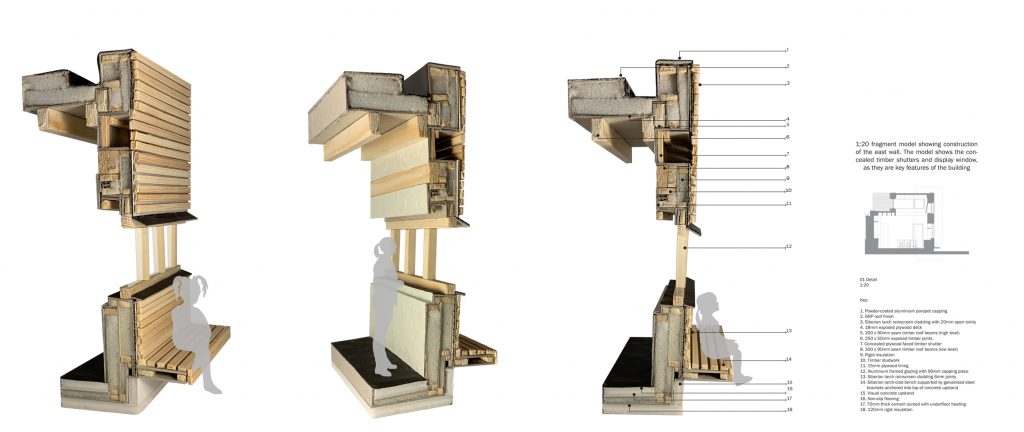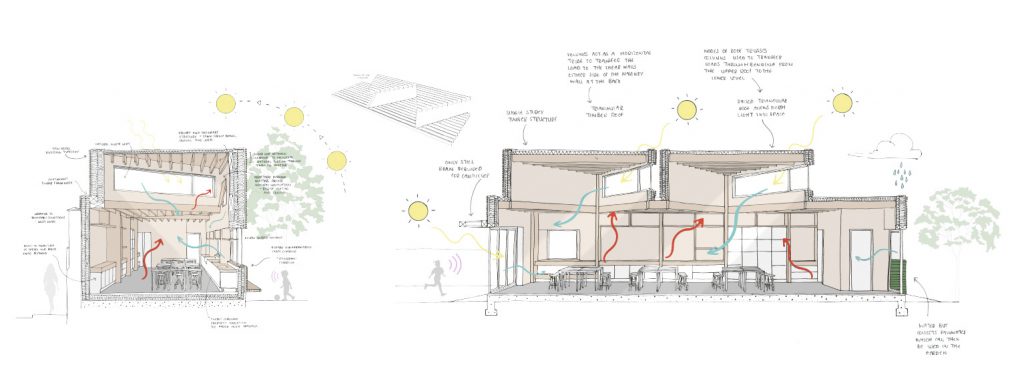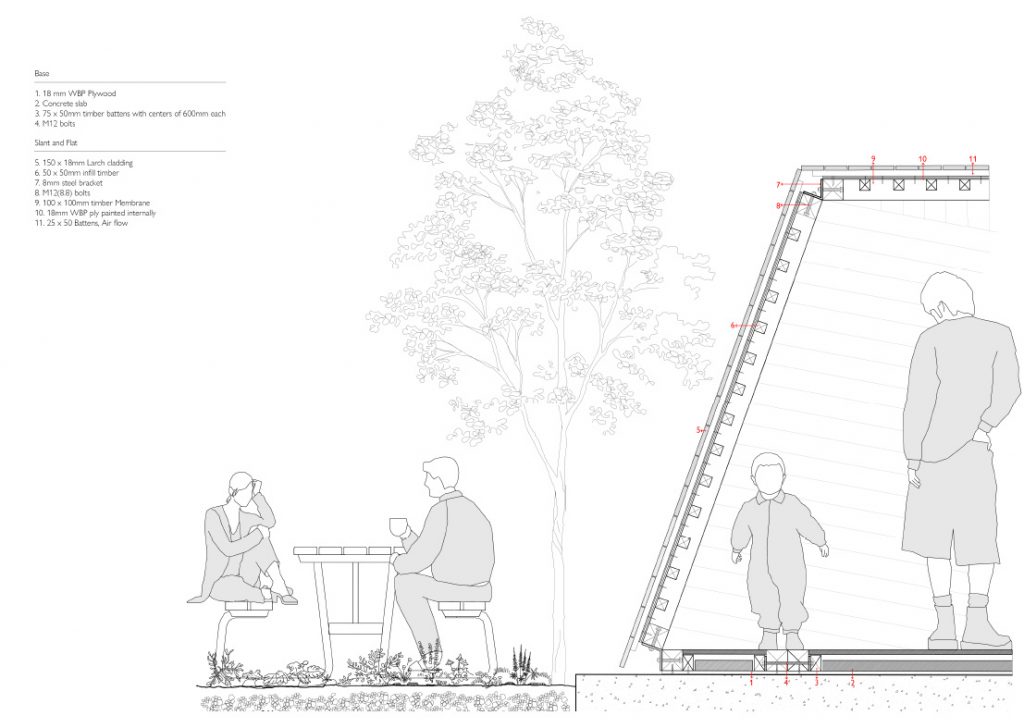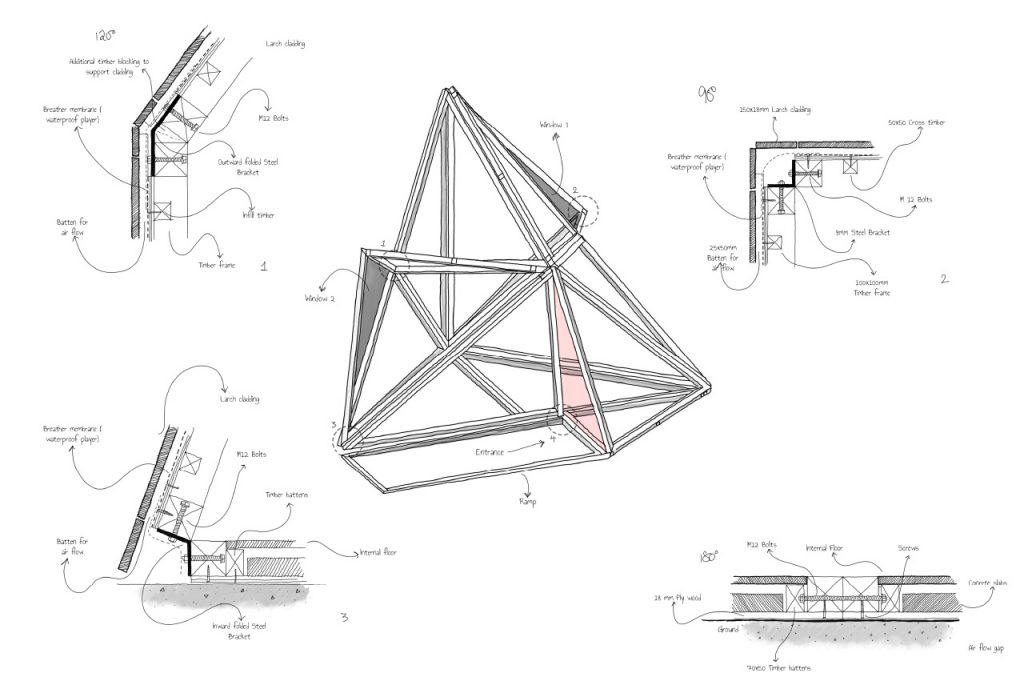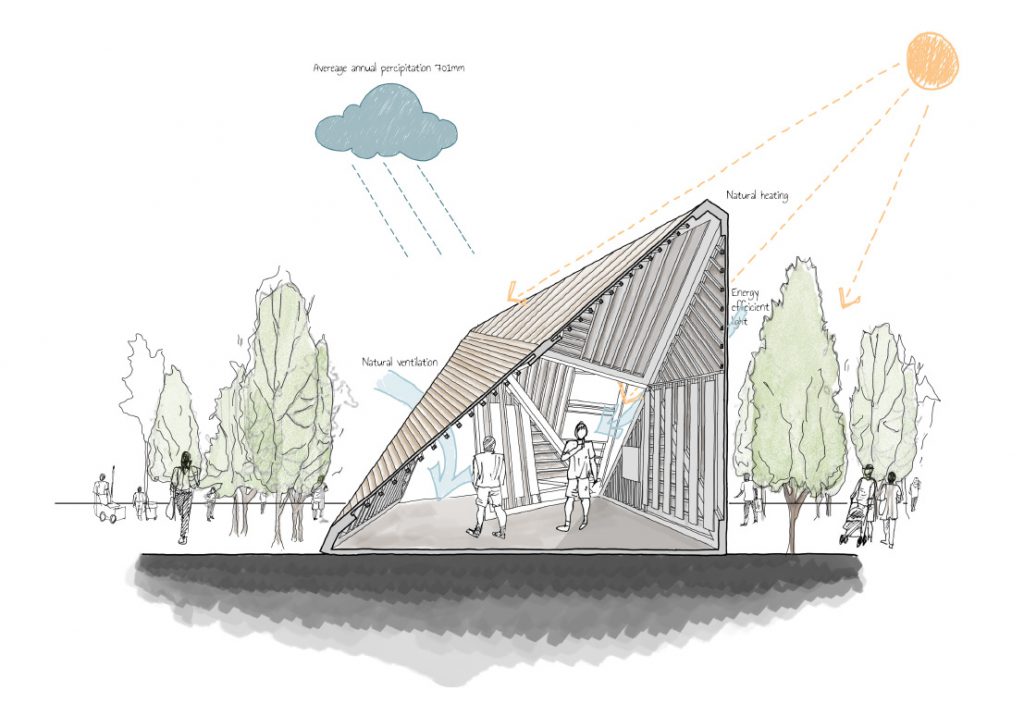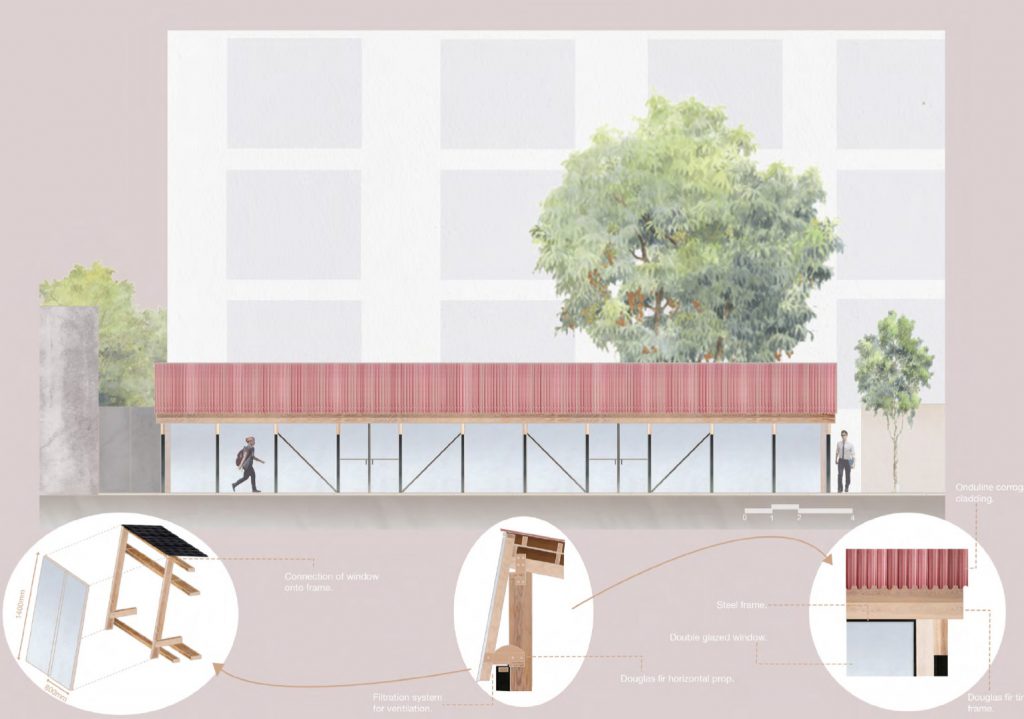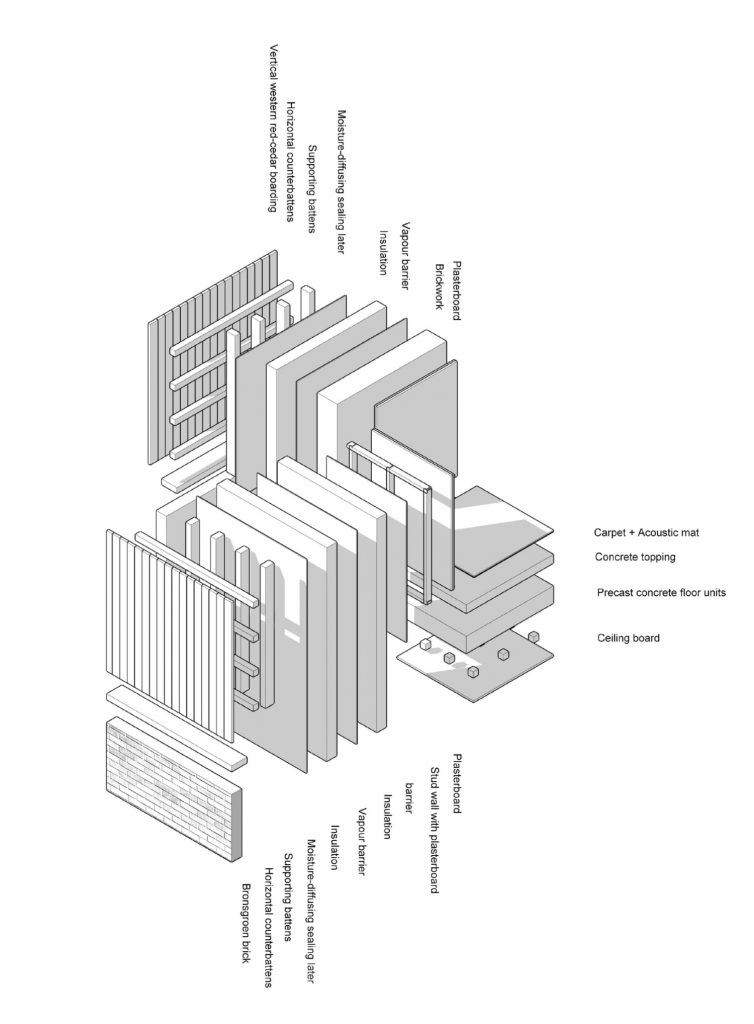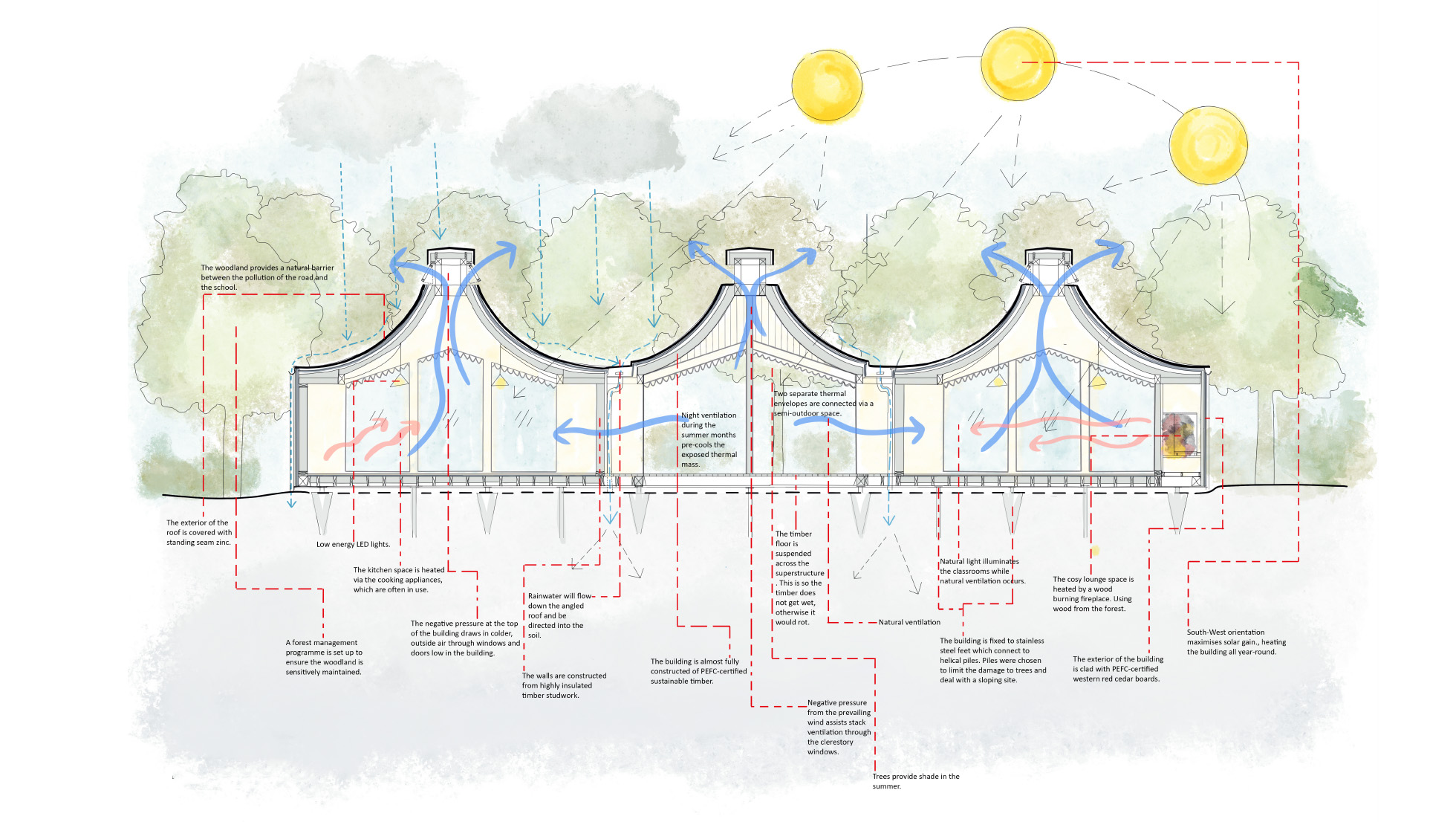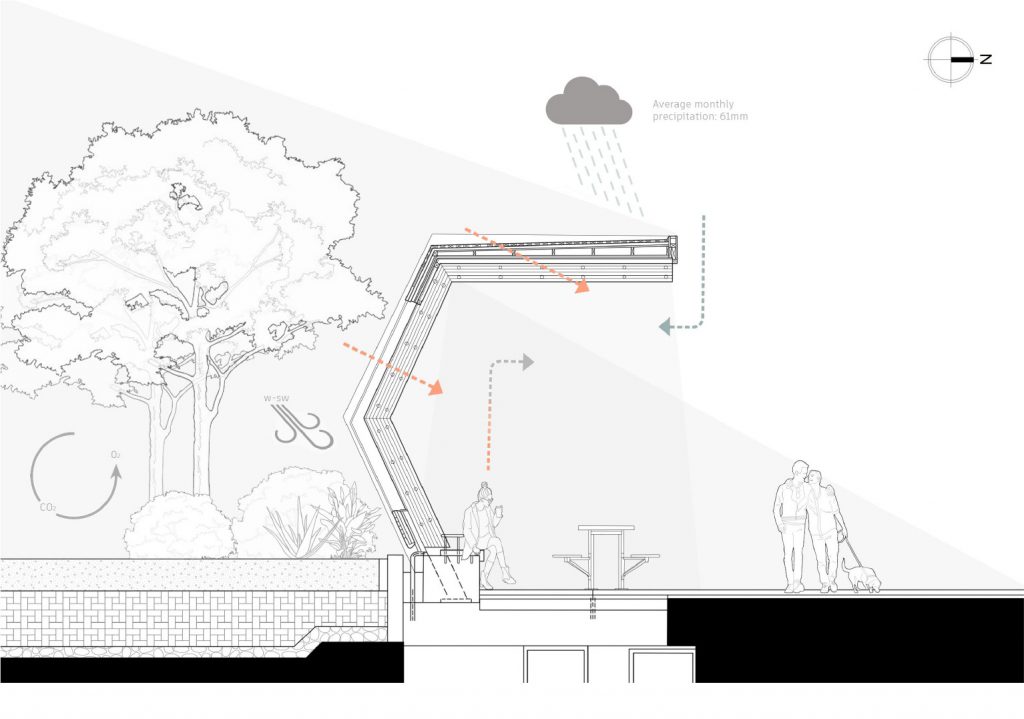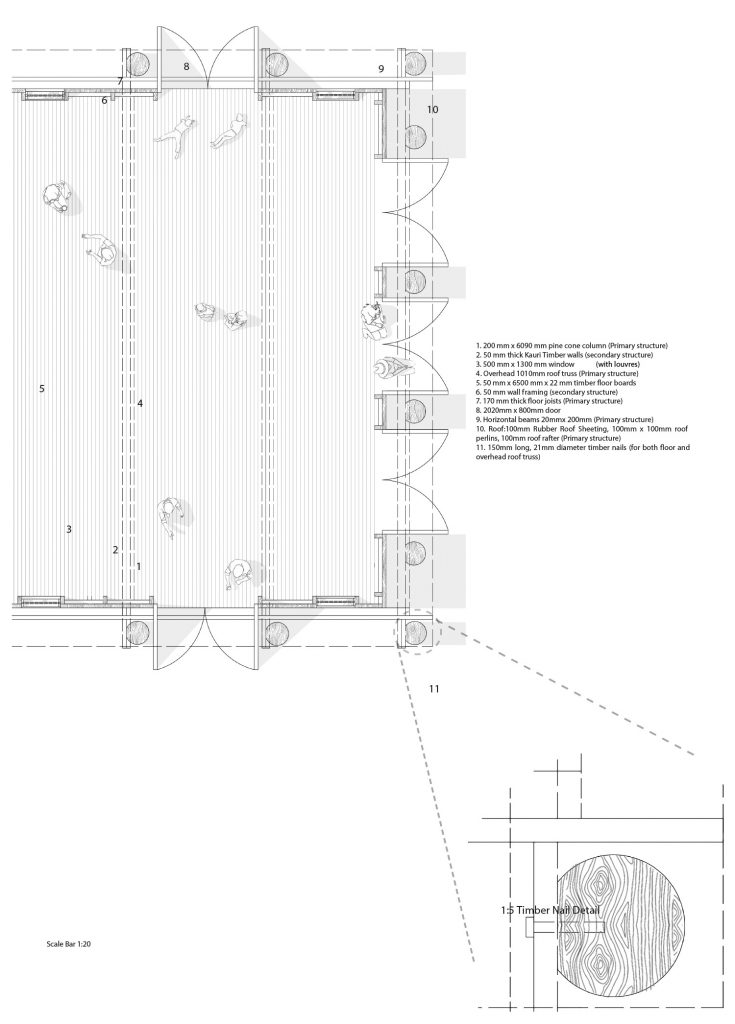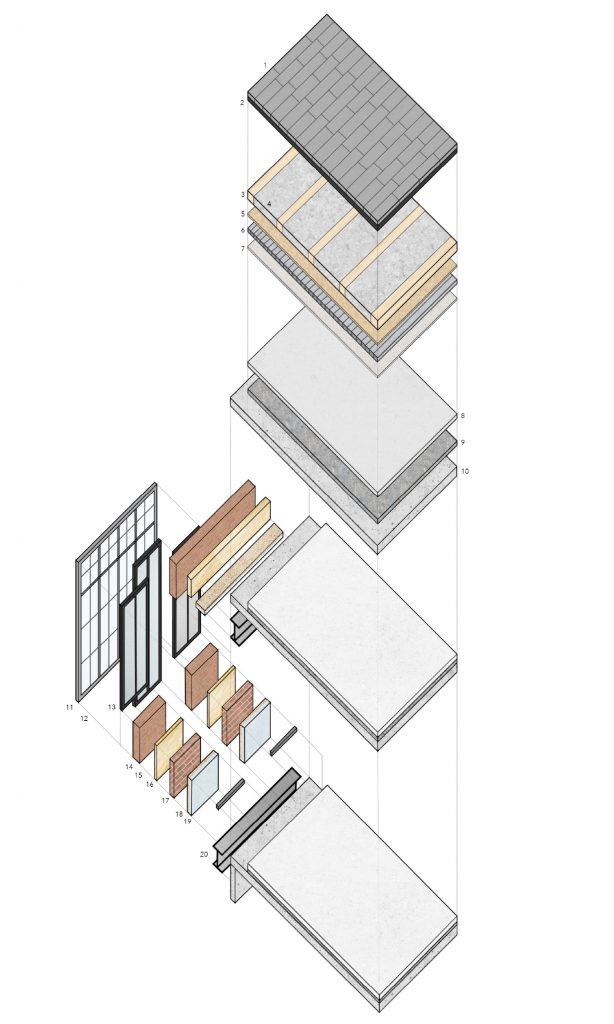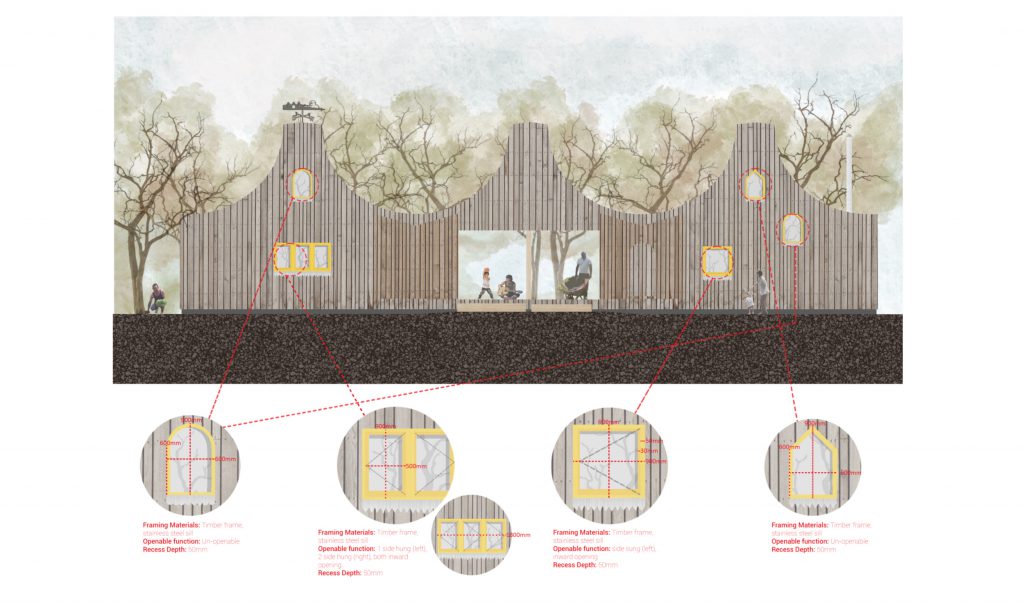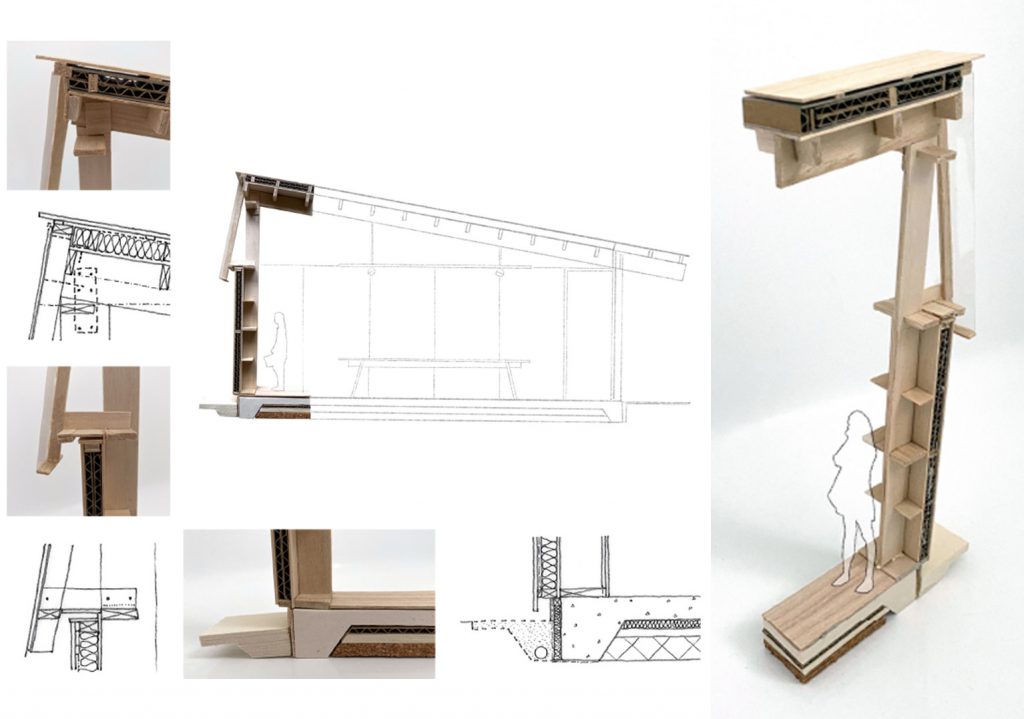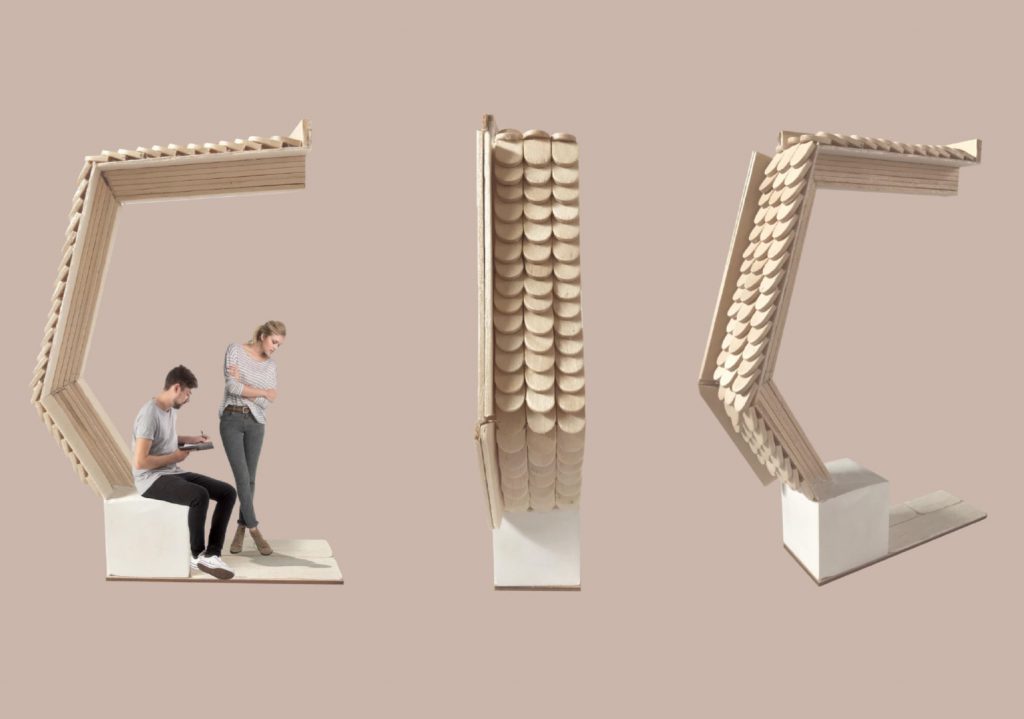SUPPORTING MODULE
CONSTRUCTION TECHNOLOGY
AA2STC - Core Studies
Construction Technology in Second Year covers the fundamentals of structure, environmental design, sustainability, building techniques, materials, comfort and the user, visiting each theme as an architectural expression in the intersection of design and construction. This includes: the relationship between structural form, materials and environmental design of the space of the room to the house to the city; ways of making construction, climate emergency and bioclimatic design an integral part of the architecture; and using design-by-making and evidence-based practices to analyse and generate building and environmental strategies, an architecture in the making.
The study method practiced in Construction Technology through lectures and hands-on workshops emphasises on experimental and exploratory approaches through drawing and making, critical thinking and discussion of research and process in order to develop a vocabulary of architectural technology. The weekly workshops are structured as a series of seminars, invited lectures and discussions that feed into individual lab projects carried out by the students. The lab project invites students to test and explore the boundaries of a material, a building technique, a structural system and an environmental quality in order to create their own innovative responses to architecture as “constructed art”.
Each term is divided in thematic sections: Structures, Architecture as Environment, From Design to Construction, Building Envelope and People-Centred Design. In Autumn term we explore innovative examples in the use of conventional and unconventional materials, environmental design principles and structures. In Spring term discussions focus more on the detailing of interfaces, acoustics, building Envelopes and designing with people for inclusivity. The module is closely connected to the design studio modules, following the design development stages. The processes, individual research on the lecture themes and lab projects are recorded through weekly entries to a technical journal, 3D exploratory physical models, understanding connections and details across scales.
Module Convenor: Carolina Vasilikou
External Collaborators: Peter Corbett, Sabine Hogenhout, Gillian Horn, Francesco Aletta, Applied Wayfinding, John Harding, Xylotek
Construction Technology in Second Year covers the fundamentals of structure, environmental design, sustainability, building techniques, materials, comfort and the user, visiting each theme as an architectural expression in the intersection of design and construction. This includes: the relationship between structural form, materials and environmental design of the space of the room to the house to the city; ways of making construction, climate emergency and bioclimatic design an integral part of the architecture; and using design-by-making and evidence-based practices to analyse and generate building and environmental strategies, an architecture in the making.
The study method practiced in Construction Technology through lectures and hands-on workshops emphasises on experimental and exploratory approaches through drawing and making, critical thinking and discussion of research and process in order to develop a vocabulary of architectural technology. The weekly workshops are structured as a series of seminars, invited lectures and discussions that feed into individual lab projects carried out by the students. The lab project invites students to test and explore the boundaries of a material, a building technique, a structural system and an environmental quality in order to create their own innovative responses to architecture as “constructed art”.
Each term is divided in thematic sections: Structures, Architecture as Environment, From Design to Construction, Building Envelope and People-Centred Design. In Autumn term we explore innovative examples in the use of conventional and unconventional materials, environmental design principles and structures. In Spring term discussions focus more on the detailing of interfaces, acoustics, building Envelopes and designing with people for inclusivity. The module is closely connected to the design studio modules, following the design development stages. The processes, individual research on the lecture themes and lab projects are recorded through weekly entries to a technical journal, 3D exploratory physical models, understanding connections and details across scales.
Module Convenor: Carolina Vasilikou
External Collaborators: Peter Corbett, Sabine Hogenhout, Gillian Horn, Francesco Aletta, Applied Wayfinding, John Harding, Xylotek


